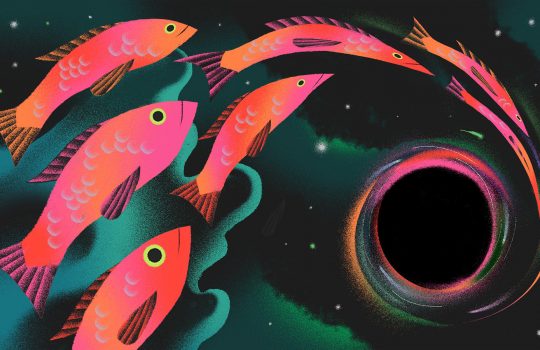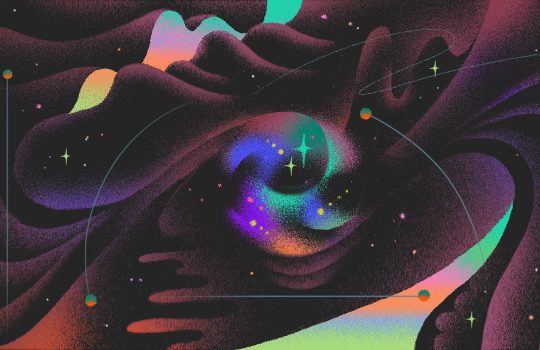Fifty years ago, Fermilab turned to bubbles
From Science News, Aug. 8, 2019: It’s a news flashback. Science News excerpts a bit on the Fermilab Bubble Chamber from their August 16, 1969, issue. “Use by visitors is expected to be especially large at the National Accelerator Laboratory now under construction at Batavia, Ill…. NAL staff and consultants agree that the laboratory will need a large bubble chamber, and it now plans to build one in collaboration with Brookhaven National Laboratory.”


